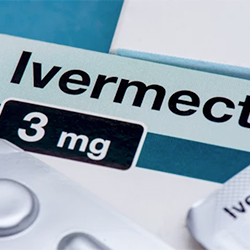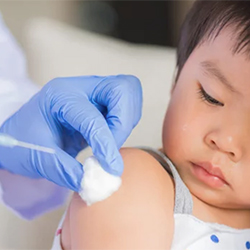By IDSE News Staff
Healthcare facilities should no longer routinely screen asymptomatic patients for COVID-19 upon admission or before procedures, according to a recommendation from the Society for Healthcare Epidemiology of America (SHEA).
Calling the testing “resource intensive,” healthcare facilities should rely instead on enhanced layers of infection prevention interventions, the recommendations said.

“The logistic challenges and costs related to screening program implementation, data noting the lack of substantial aerosol generation with elective controlled intubation, extubation and other procedures, and the adverse patient and facility consequences of asymptomatic screening call into question the utility of this infection prevention intervention. Consequently, the Society for Healthcare Epidemiology of America (SHEA) recommends against routine universal use of asymptomatic screening for SARS-CoV-2 in healthcare facilities,” the authors wrote.
The pandemic has changed significantly since the early days, and the benefits are much smaller, reminded Thomas R. Talbot, MD, MPH, the chief hospital epidemiologist at Vanderbilt University Medical Center, in Nashville, Tenn., and a member of the SHEA Board of Directors.
“The small benefits that could come from asymptomatic testing at this stage in the pandemic are overridden by potential harms from delays in procedures, delays in patient transfers, and strains on laboratory capacity and personnel,” he said. “Since some tests can detect residual virus for a long period, patients who test positive may not be contagious.”
The authors, members of the SHEA Board of Directors, noted a lack of evidence that asymptomatic testing reduces healthcare-associated COVID-19 infections and suggested such testing requirements may disproportionally affect populations who have limited access to care and testing resources.
They also cited research that shows asymptomatic COVID-19 testing added 1.89 hours to the length of stay in the emergency department of an academic health system, and another study from a specialty hospital showed it cost more than $12,500 to identify one asymptomatic patient with COVID-19.
Facility risk assessments that include targeted scenarios, patient populations or locations that may require added interventions along with community COVID-19 metrics should drive whether asymptomatic screening is part of institutional practices. While it is imperative to prevent healthcare-associated spread of respiratory pathogens, it is critical to examine which methods, when added upon core layers of infection prevention, work best to protect patients and healthcare providers.
“Specifically, preprocedure asymptomatic screening is unlikely to provide incremental benefit in preventing SARS-CoV-2 transmission in the procedural and perioperative environment when other infection prevention strategies are in place, and it should not be considered a requirement for all patients. Admission screening may be beneficial during times of increased virus transmission in some settings where other layers of controls are limited (eg, behavioral health, congregate care, or shared patient rooms), but widespread routine use of admission asymptomatic screening is not recommended over strengthening other infection prevention controls,” they wrote.
A hierarchy of controls to prevent infections can include universal use of N95 respirators when performing certain procedures, active screening of healthcare providers for signs of COVID-19, unit layouts that reduce shared patient spaces, and enhanced cleaning and ventilation.




